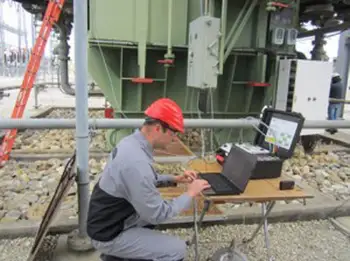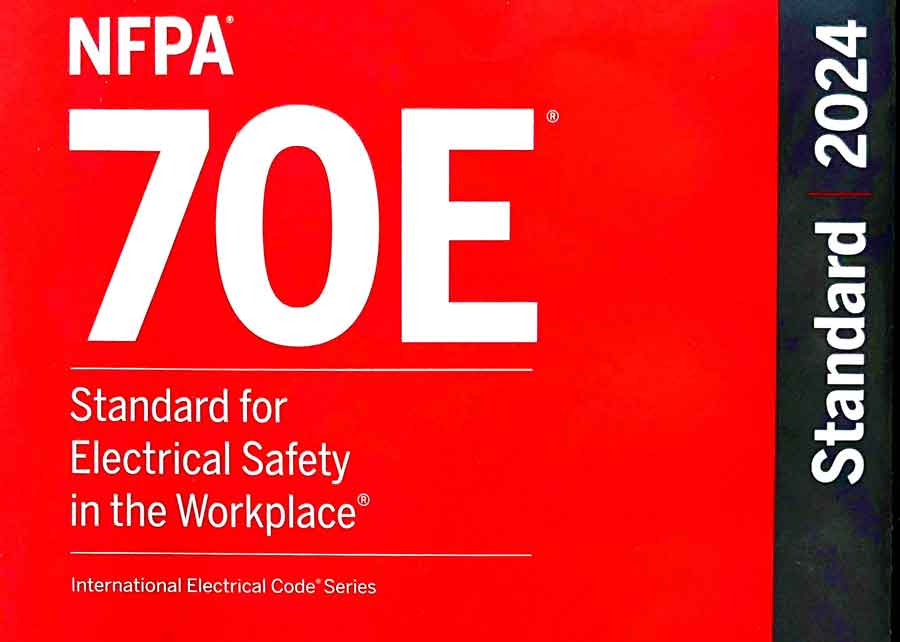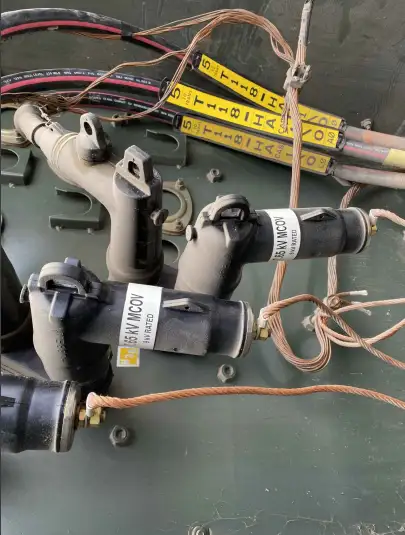Earthing Transformer - Safety and Stability

Substation Maintenance Training
Our customized live online or in‑person group training can be delivered to your staff at your location.

- Live Online
- 12 hours Instructor-led
- Group Training Available
Download Our OSHA 4475 Fact Sheet – Being Aware of Arc Flash Hazards

- Identify root causes of arc flash incidents and contributing conditions
- Apply prevention strategies including LOTO, PPE, and testing protocols
- Understand OSHA requirements for training and equipment maintenance
An earthing transformer provides grounding for ungrounded systems, enabling a safe path for fault current, maintaining voltage stability, and protecting equipment. It supports neutral grounding, arc suppression, and safe distribution in industrial power networks.
What is an Earthing Transformer?
An earthing transformer is a special transformer that provides a neutral point to ungrounded electrical systems, ensuring fault current management, stability, and safety.
✅ Provides grounding for ungrounded power systems
✅ Enables safe fault current dissipation and arc suppression
✅ Improves voltage stability and equipment protection
An earthing transformer is a critical component in an electrical power system, ensuring its safety and stability by providing a solid connection between the system's neutral point and earth. For an industrial electrician, understanding the principles and applications is essential for ensuring the reliable and safe operation of electrical equipment. Let’s explore its technical role, methods, and practical benefits. For a broader understanding of how grounding devices integrate into power networks, see our overview of grounding transformers.
Electrical Transformer Maintenance Training
Substation Maintenance Training
Request a Free Training Quotation
Technical Role of an Earthing Transformer
Problem: Delta Systems lacks a Neutral
In many power networks, particularly those utilizing delta-connected systems, there is no inherent neutral point. Without a neutral, the system cannot be properly grounded, leaving it vulnerable to dangerous voltage rises, unstable operation, and uncontrolled fault currents. Many earthing applications are tied to distribution transformers, which step down voltage while maintaining safe and stable system operation.
Solution: Earthing Transformer Creates a Neutral Point
An earthing transformer solves this issue by generating an artificial neutral. Once connected to earth, this neutral point allows fault currents to flow safely, prevents overvoltages during earth faults, and stabilizes the system during disturbances. To understand the wider role of these devices in substations, explore our guide to the electrical substation transformer.
Electricity Today T&D Magazine Subscribe for FREE

- Timely insights from industry experts
- Practical solutions T&D engineers
- Free access to every issue
Method: Zigzag Winding Cancels Zero-Sequence Currents
The most common earthing transformer design uses a zigzag winding configuration. By arranging the windings to oppose each other, the transformer cancels out zero-sequence currents—those responsible for ground fault conditions—while maintaining a stable neutral reference. This reduces the magnitude of fault currents and improves system stability.
Benefit: Safety, Stability, and Equipment Protection
With a low-impedance path for fault currents, earthing transformers limit fault damage, protect sensitive equipment, and safeguard personnel. They also ensure balanced voltages across the system, reduce arc flash hazards, and support an uninterrupted power supply in industrial and utility environments.
Comparisons and Variants
Earthing Transformer vs Grounding Resistor
While an earthing transformer provides a neutral point for grounding, a grounding resistor limits the magnitude of fault current by inserting resistance into the neutral-to-ground connection. Transformers are used when no neutral exists, while resistors are applied when a neutral is available but current limiting is required. The structural aspects of transformer design, including cores and windings, are explained in our resource on transformer components.
Zigzag vs Wye Connection
Zigzag-connected earthing transformers are more effective at handling unbalanced loads and cancelling zero-sequence currents, making them ideal for fault protection. Wye-connected grounding transformers, though simpler, are less effective in balancing ungrounded systems and are less common in modern networks. Industrial systems often combine earthing transformers with medium voltage transformers to achieve both fault current protection and reliable power supply.
When to Use an Earthing Transformer vs a Directly Grounded Neutral
In systems with a natural neutral, direct grounding is often simpler and more economical. However, when no neutral exists—as in delta or certain generator systems—an earthing transformer becomes essential. It not only provides the missing neutral but also enhances fault control and voltage stability.
Transformer Earthing Diagram
A transformer earthing diagram visually represents the connection between a transformer and the earth, illustrating how it provides a path for fault currents to safely flow to ground. This diagram typically shows the transformer's windings, the connection to the system neutral, and the earthing connection.
Different configurations, such as zigzag or wye connections, can be depicted in the diagram to illustrate how the transformer creates an artificial neutral point in systems where one isn’t available. These diagrams are essential tools for engineers and electricians to understand the earthing transformer’s role in protecting equipment, maintaining system stability, and ensuring personnel safety during fault conditions.
Power System Stability
Maintaining power system stability is crucial for ensuring a reliable electricity supply. Earthing transformers contribute by providing a stable neutral point and limiting fault currents. This helps to prevent voltage fluctuations and maintain balanced voltages across the system, even during disturbances. By ensuring a stable operating environment, earthing transformers help prevent outages and support the reliable delivery of electricity to consumers.
An earthing transformer is more than a grounding device—it is a safeguard for reliable, efficient, and safe electrical networks. By creating a neutral point, limiting fault currents, and stabilizing voltages, it protects equipment, ensures worker safety, and keeps industrial and utility power systems operating without interruption.
Related Articles








